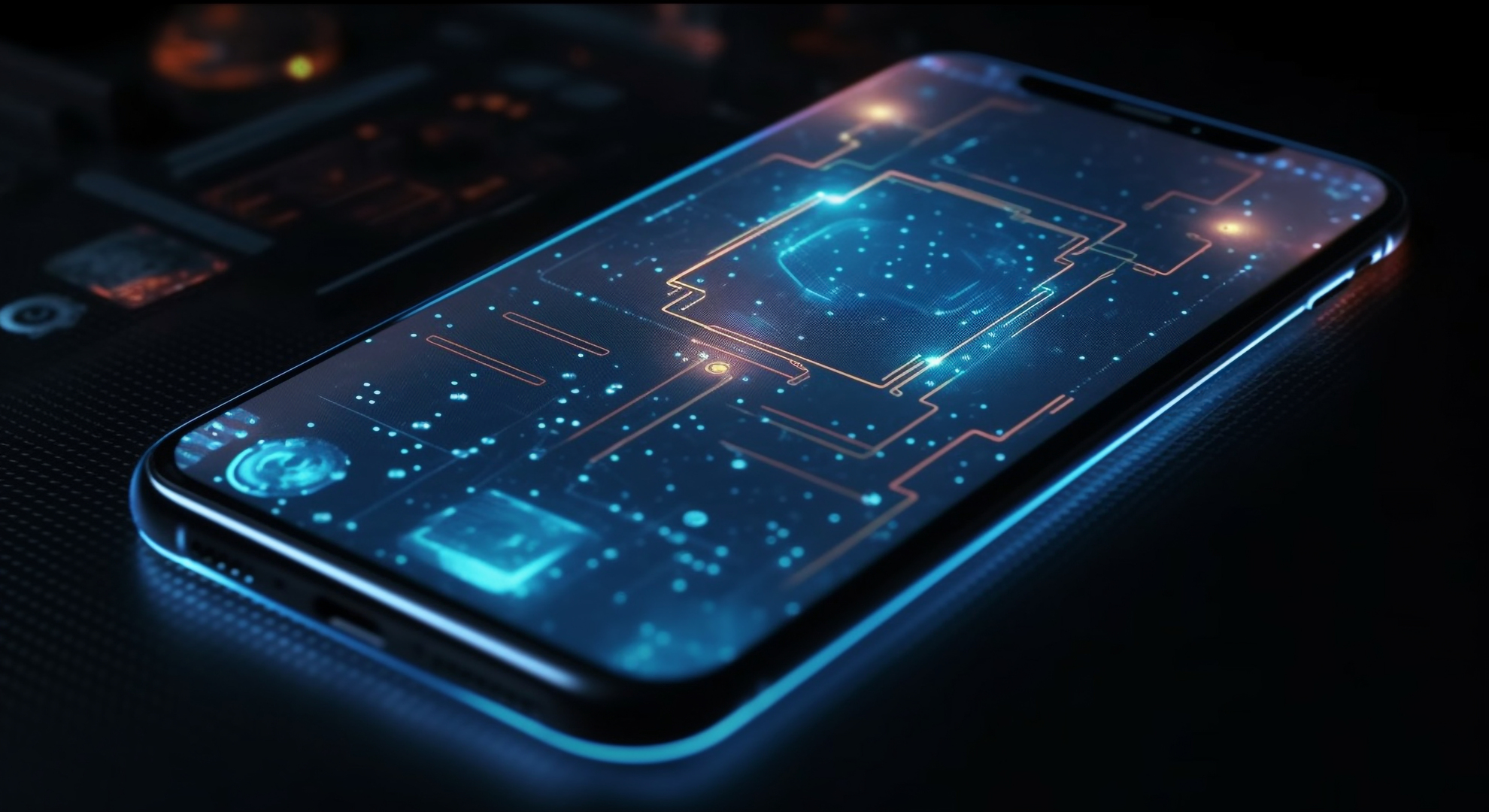
20 Sep The future of 6G: What to expect from the next generation of connectivity
The rapid pace of technological progress shows no signs of slowing down, in any area. A prime example of this is the development of 6G, even before the complete implementation of 5G wireless technology. While this is not a fully revolutionary leap compared to its predecessor, 6G could bring about significant changes, much more than just improved speed. So, what can we expect?
Is there really that much difference between 6G and 5G?
As we mentioned earlier, 6G is not a brand-new technology but an evolution of the existing one. However, it represents a significant advancement compared to its predecessors, ready to elevate connectivity to an entirely new level.
Speed and Latency
While 5G already offers ultra-fast speeds and low latency, 6G is expected to push these limits even further. Download speeds in 6G are projected to reach an astonishing 1,000 Gbps, far surpassing the current 10 Gbps offered by 5G. Additionally, latency could be reduced to just a few microseconds, enabling real-time applications that handle complex data volumes, which are currently beyond our reach.
Capacity and Massive Connectivity
Beyond speed, 6G will significantly increase the network’s capacity to handle connected devices. While 5G can support up to one million devices per square kilometer, 6G is anticipated to manage up to ten times that amount. This capacity to increase connectivity is crucial in a world where the density of IoT devices and other gadgets continues to rise.
Enhanced Reliability and Security
6G also promises to be more reliable and secure than previous generations. With an infrastructure built on advanced technologies such as artificial intelligence (AI) and quantum computing—although the latter is still in its early stages of development—6G will be able to prevent cyberattacks more efficiently and improve user privacy.
The Impact of 6G on Connectivity and Emerging Technologies
6G will not only enhance overall connectivity but will also have a profound impact on various emerging technologies, accelerating their development and widespread adoption.
Extended Reality (XR) Extended Reality (XR), which includes Augmented Reality (AR), Virtual Reality (VR), and Mixed Reality (MR), will be one of the main beneficiaries of 6G. These technologies require high speeds and low latency to provide immersive and real-time experiences. With 6G, it will be possible to create hyper-realistic virtual environments and seamless immersive experiences, enabling applications in education, healthcare, entertainment, and more.
Artificial Intelligence and Machine Learning The ultra-fast connectivity and low latency of 6G will also revolutionize artificial intelligence and machine learning. By enabling the transmission of large volumes of data in real-time, 6G will facilitate the development of more advanced AI, capable of making instant decisions. This will be particularly valuable in sectors such as autonomous driving, where safety depends on AI’s ability to process information instantly.
Energy Efficiency and Sustainability One of the most promising aspects of 6G is its focus on energy efficiency. Despite offering higher speeds and greater connectivity, 6G is expected to be more energy-efficient than 5G. This will be made possible by advanced technologies such as beamforming and energy harvesting from wireless signals. Additionally, 6G could play a key role in reducing the carbon footprint of telecommunications by optimizing resource usage and enabling the creation of self-sustaining networks.
Although 6G implementation is not far off, it’s worth noting that a relatively large percentage of the population still does not fully enjoy 5G technology. This means there is plenty of time to fine-tune the details of its “big sister,” so that when the time comes, its adoption can be much faster and all the benefits we’ve discussed here can become a reality in our everyday lives.

